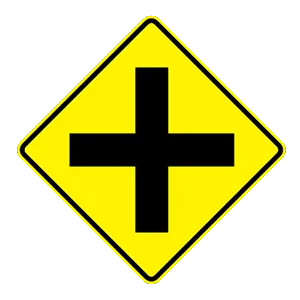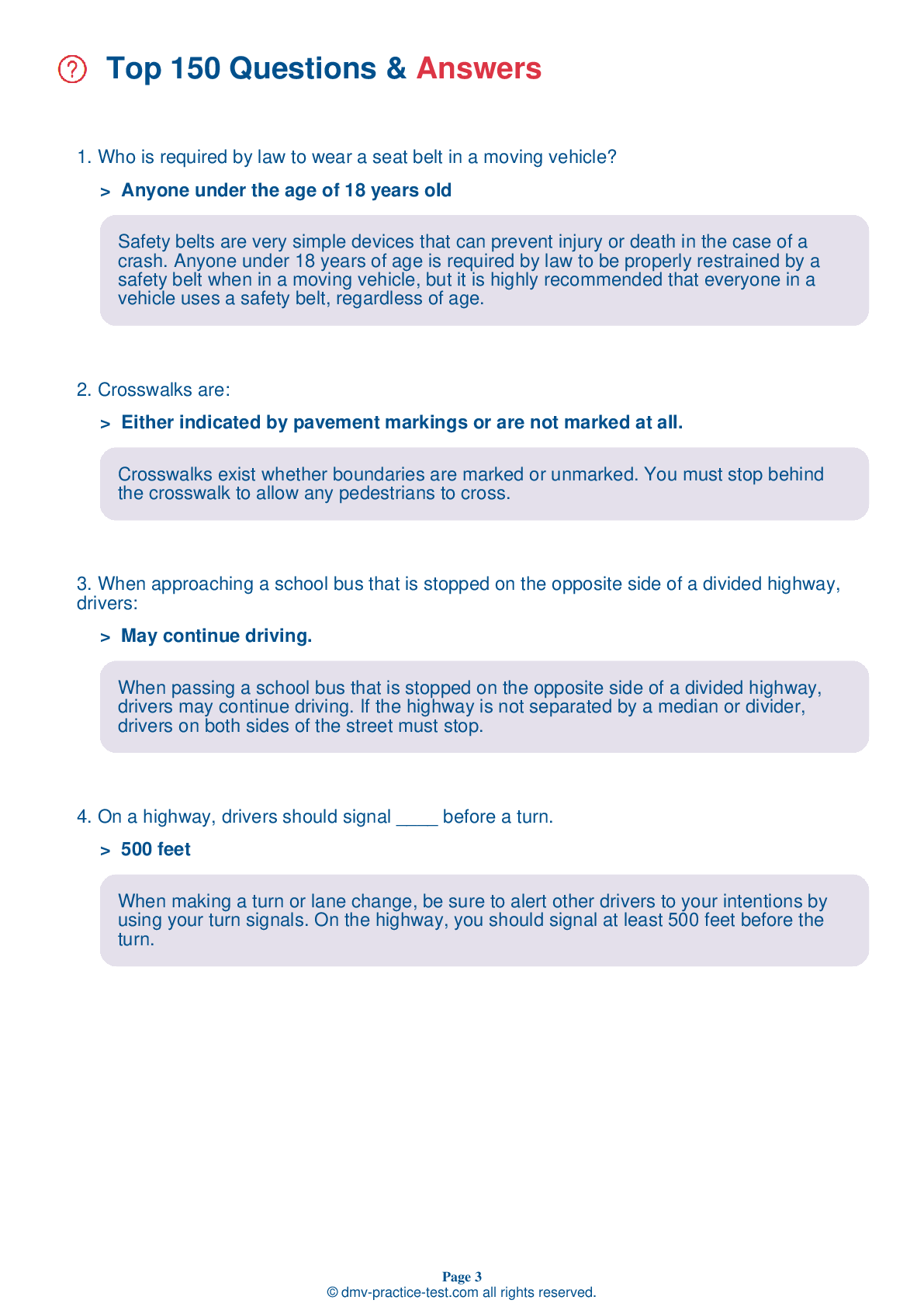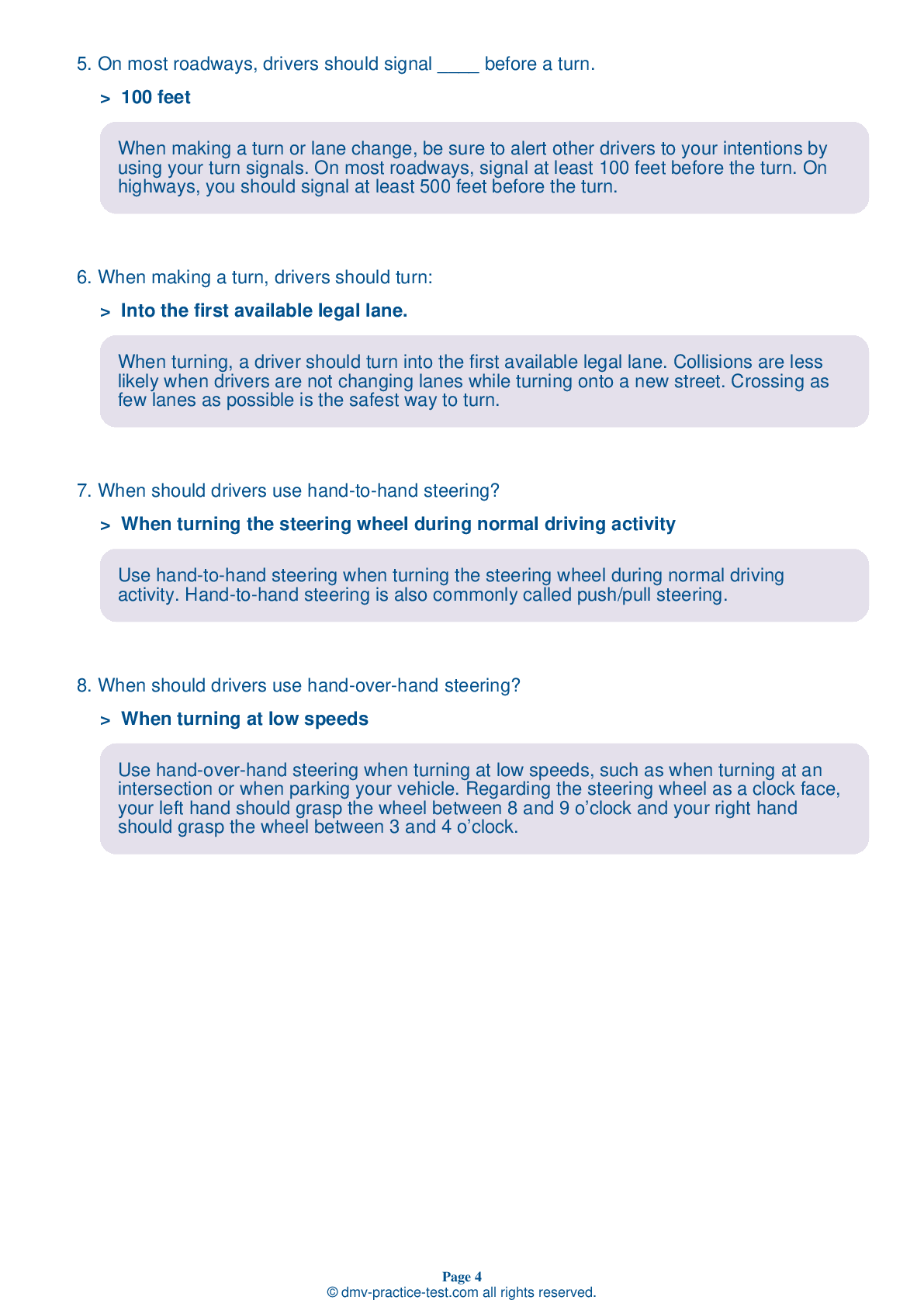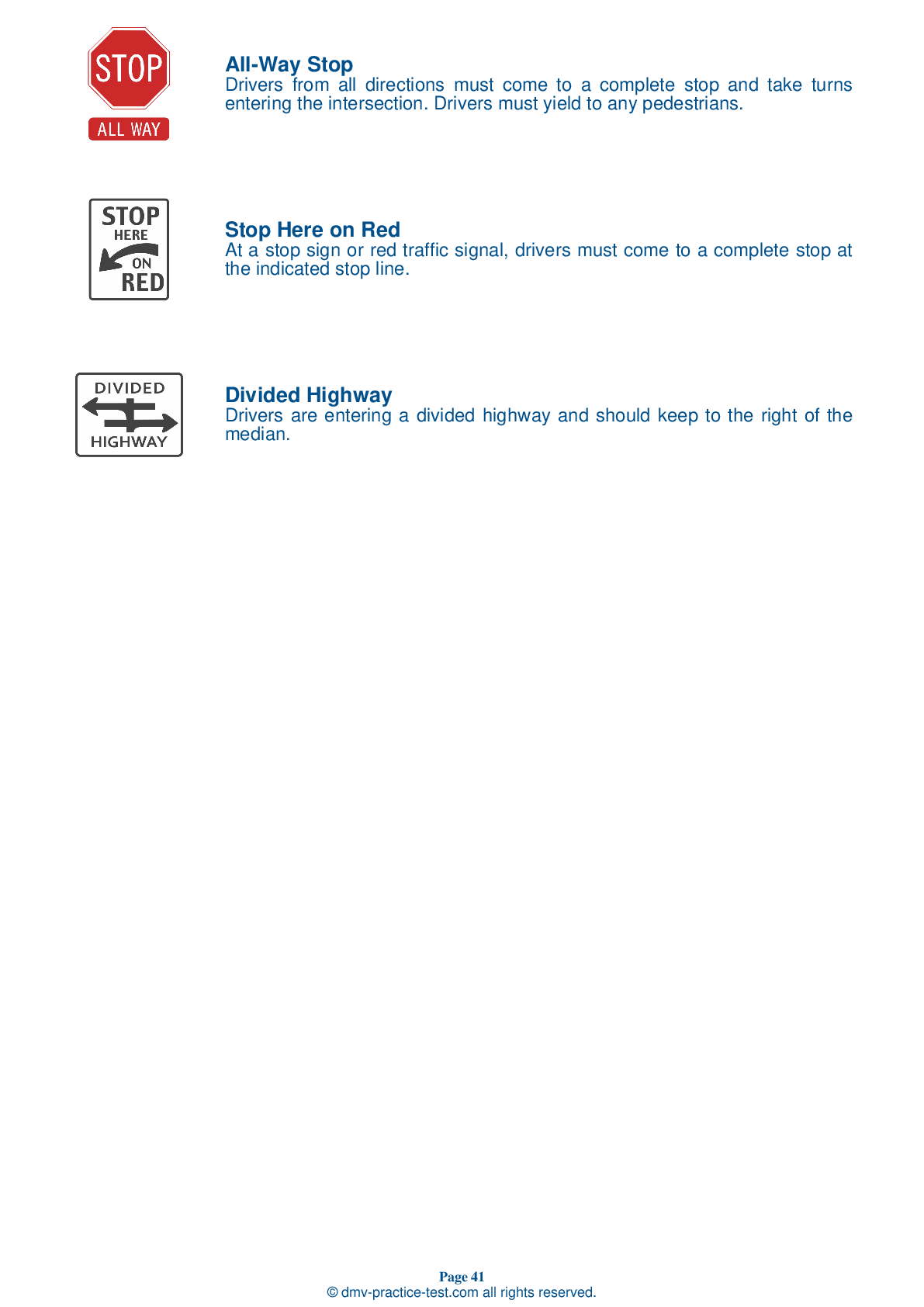FREE New Hampshire DMV Practice Test #1 Page 5 of 5
The DMV practise exams in New Hampshire have been updated for January 2025. It includes questions based on the most important traffic signals and legislation in the New Hampshire Driver Handbook for 2025. To study for the DMV driving permit test and driver's licence exam, use actual questions that are very similar (often identical!) to the DMV driving permit test and driver's licence exam.
Each question on the practise exam has a tip and explanation to help you recall the ideas. Questions about traffic rules, traffic signs, and driving statutes, as well as knowledge from the Driver Handbook, will be included in the written portion of the official New Hampshire DMV test.
You must properly answer 32 of the 40 questions to receive a passing mark. Take this New Hampshire DMV practise exam to help you prepare for your instruction permit or driver's licence.
The DMV exam is offered in a variety of languages.
Using any form of testing help will result in an automatic fail, and the DMV may take further action against your driver's licence, so avoid it.
33 . Fog can greatly reduce the visibility of other vehicles, pedestrians, and traffic signals. When driving in fog, you should:
Fog can greatly reduce your ability to see other vehicles, pedestrians, and traffic signals. When driving in fog, drive cautiously and at reduced speeds. Do not use high beam headlights. Low beams better illuminate the road and objects ahead in foggy conditions.
34 . You want to back out of your driveway. You see children playing nearby. Before you start to move your car, you should:
When you back up a vehicle, look through your back window for pedestrians and other obstacles. Do not rely only on your mirrors, especially when children are near. Before you back into or out of a driveway, get out of the vehicle and check behind your vehicle.
35 . A single broken yellow line down the center of a two-lane road indicates:
Yellow lines are used to separate traffic moving in opposite directions. Dashed lines indicate that drivers directly next to the line are permitted to pass when it is safe to do so.
36 . Emergency vehicles:
You must yield the right-of-way to police cars, fire engines, ambulances, or any other emergency vehicles using a siren or air horn and a red or blue flashing light. Follow any instructions given over the emergency vehicles' loudspeakers. Emergency vehicles often follow each other so you should proceed only when you are certain the way is clear.
37 . This road sign means:

This signs warns that a four-way intersection is ahead.
38 . When parking uphill on a hill or incline with a curb:
To keep your vehicle from rolling into traffic when parked facing uphill, turn your front wheels sharply away from the curb. If you are parking uphill on a street that has no curb, turn the wheels sharply toward the edge of the road.
39 . Look over your shoulder to check your blind spot when:
Look over your shoulder to check your blind spot every time you want to change your vehicle's position. If you are turning, changing lanes, or pulling toward or away from a curb, you should check your blind spots.
40 . You are driving in the left lane and want to move into the right lane. You should:
When changing lanes, you should check your vehicle's blind spots by looking over your shoulder in the direction that you want to move. Always check your mirrors and turn on your directional signal before beginning a lane change.
Need Car Insurance? No problem!
Compare the best rates in New Hampshire and find a personalized policy that meets your needs.
1. Are You Currently insured ?
2. Married ?
3. Do you own your Home?
4. Do you have more than 1 car ?
5. Have you or a Family Member Honorably Served in U.S. Military ?
6. Your Name
7. Age
8. Zip code
IMPORTANT REMINDER:Auto Insurance is Mandatory to drive in New Hampshire. Get covered before you hit the road to avoid any fines.
Ranked by best match



